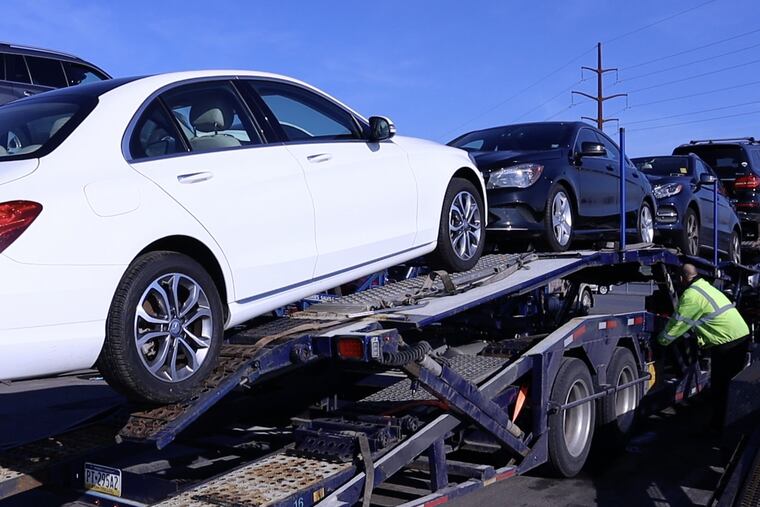At the Manheim Auto Auction, used-car prices rise to record highs
Dealers are so desperate that some are paying above the original sticker price for used cars. “The climb in vehicle values has been unbelievable.”

Dealers are so desperate that some are paying above the original sticker price for used cars. “The climb in vehicle values has been unbelievable.”
